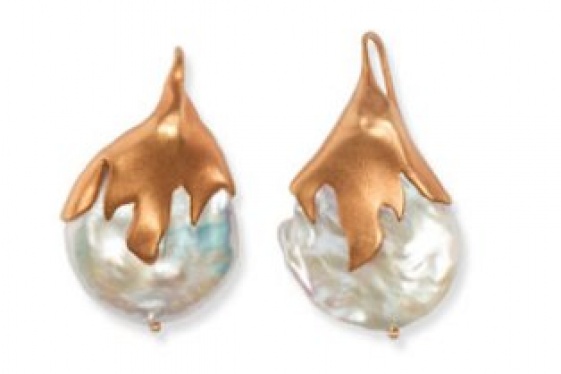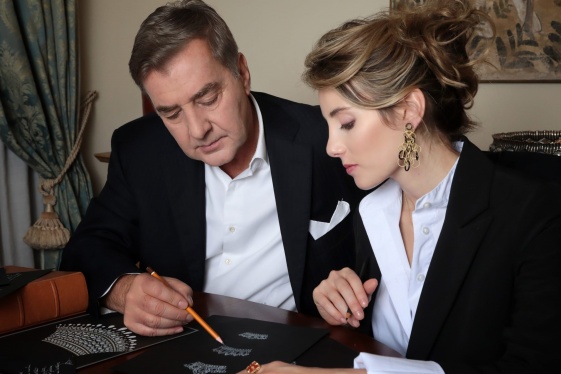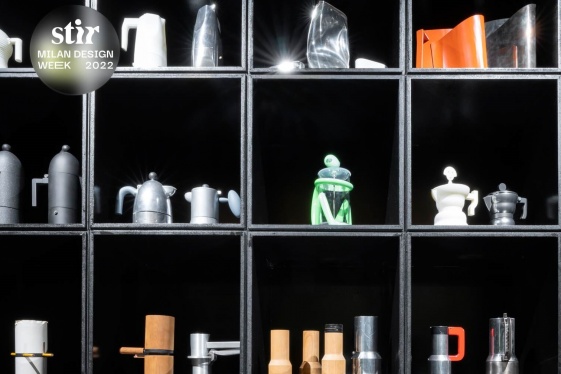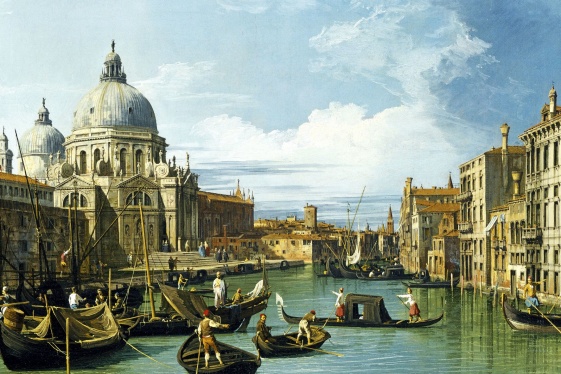

The Fermo-Macerata Shoemaking District is based in Sant’Elpidio a Mare, in the heart of the Marche region, the home of famous brands that represent Italian style throughout the world. The district has its origins in the 15th century with the workshops of shoemakers that produced footwear for town markets. The municipal statutes and those of the trade associations testify to the importance of the shoemakers’ guilds of that era, although scholars are more inclined to trace the actual birth of the district back to first three decades of the 19th century.
The towns originally involved were Sant’Elpidio a Mare, Montegranaro, Monte Urano and Monte San Giusto. The type of footwear produced were “chiochiere”, heelless cloth or leather slippers with lightweight horse hide soles. They were initially produced almost exclusively for regional markets, but the area of commercial influence then extended to the Papal States and the Kingdom of Naples.
In around 1870, the introduction of the treadle machine for sewing uppers facilitated the inclusion of female labour in footwear production and increased the number of towns involved in shoemaking. Production was reorganised in the early 1900s, leading to the decline of “chiochiere” and the start of low-cost shoe manufacturing.
In 1945, thousands of young men abandoned work in the fields to join the family-run shoe factories that were multiplying year by year, with steadily increasing turnover and employment. It was only in the late 1960s, however, that the footwear district materialised, thanks to the start of industrial shoe production.
By the 1970s, the businesses in the Marche were in a favourable position, offering qualitatively and stylistically desirable products at reasonable prices. During this period, the need arose to outsource certain production stages from the factory, for better management of an increasingly complex manufacturing process. Thus specialised firms producing heels, shoe uppers and welts came into being.
Many changes have occurred from the early stages in the development of the footwear district until now, leading the companies towards an increasingly innovative product that makes this territory home to some of the best known made-in-Italy brands.
The chambers of commerce assist the companies in terms of their presence and visibility at the most important trade fairs, both nationally and internationally.
The Shoe Factories
What makes a shoe unique is the skill with which it is made, in strict observance of the rules and criteria of traditional hand-crafted methods. The companies of the footwear district work with passion, anticipate changes and create innovation, applying their craft skills to modern business culture. This has helped them reach foreign markets, where they now enjoy enormous popularity.
The district is organised into several types of production and includes some companies specialising in machining stages (cutting and hemming), others in the production of soles, heels and accessories (laces, buckles, labels, etc.), as well as shoe factories assembling products on behalf of third parties or producing them under their own brand names.
Production is mainly aimed at the mid-high market segments and the prevalence of classic products merely confirms the high quality of the district, which normally uses traditional materials, such as leather for uppers and soles.
One of the projects currently in progress for the certification and recognition of the production is called “100% Made in Italy” (Confartigianato). Its aim is to protect genuine Italian quality on the domestic and international markets so that production based on proper trade standards is given space and visibility. All the companies that have joined the project and passed the assessment stages use this trademark in their advertising and on every single product that is marketed.
The district is divided into three specialist production hubs, according to product types: men’s footwear is made predominantly in the Montegranaro area, children’s shoes in the Monte Urano area and women’s shoes in the Civitanova Marche – Sant’Elpidio a Mare – Porto Sant’Elpidio district.
Culture
The desire to promote this huge productive heritage, and thereby preserve an essential part of a history and tradition particularly associated with shoemaking, has been duly recognised through the establishment of a museum in 1998 by the Municipality of Sant’Elpidio a Mare in 1998, which was subsequently named “The Vincenzo Andolfi Footwear Museum”.
The museum displays thousands of examples of shoes, lasts and shoemaking tools. To promote the identity of this product, in addition to the museum exhibits, events and thematic exhibitions covering particular historical periods are organised each year.
Interesting Facts
Even Boccaccio, in the fifth tale of the eighth day of his Decameron, which describes the humorous prank played on Niccola, the judge from San Elpidio called to Florence to hear ‘criminal cases’, recalls that “the footwear produced by the artisans of Montegranaro and Sant’Elpidio a Mare were so beautiful and of such quality that they were requested and exported not only to Tuscany, but even to the Balkan countries”.
The construction of a shoe is a highly complex operation; for example, about 220 individual steps are required to make a welt-sewn man’s shoe, whereas about 60 are required for a woman’s shoe.
By Camera di Commercio di Fermo
You may be interested
-
Italian auto supplier Brembo to build new U....
Italian brakes maker Brembo will build a new foundry in Michigan to expand its manufacturi...
-
L'Arte del Gioiello Italiano - Lecture and T...
How has Italy influenced the world of Jewelry? Join us for a special lecture on the a...
-
'A small New York': Palm Beach to become home...
Miami-born and Italy-raised, jewelry designer and accomplished equestrian Lucrezia Buccell...
-
'Alessi 100-001' celebrates 100 years of Ales...
Iconic Italian design brand Alessi is celebrating its centennial with an exhibition titled...
-
'Be Italian' fa viaggiare l'America nell'Ital...
Conto alla rovescia per Be Italian, il nuovo salone organizzato da Lombardia Fiere dedicat...
-
'Call Me By Your Name' director Luca Guadagni...
Filmmaker Luca Guadagnino revealed in a recent interview that he has no immediate plans to...
-
'Canaletto and the Art of Venice' comes to BF...
RAMParts Presents, in partnership with Exhibition on Screen, brings the 90-minute feature...
-
'Ducale' by KREOO to Be Featured at Studium S...
NYC tile and surfaces showroom STUDIUM will be offering "Ducale" by KREOO (USA), a luxury...










